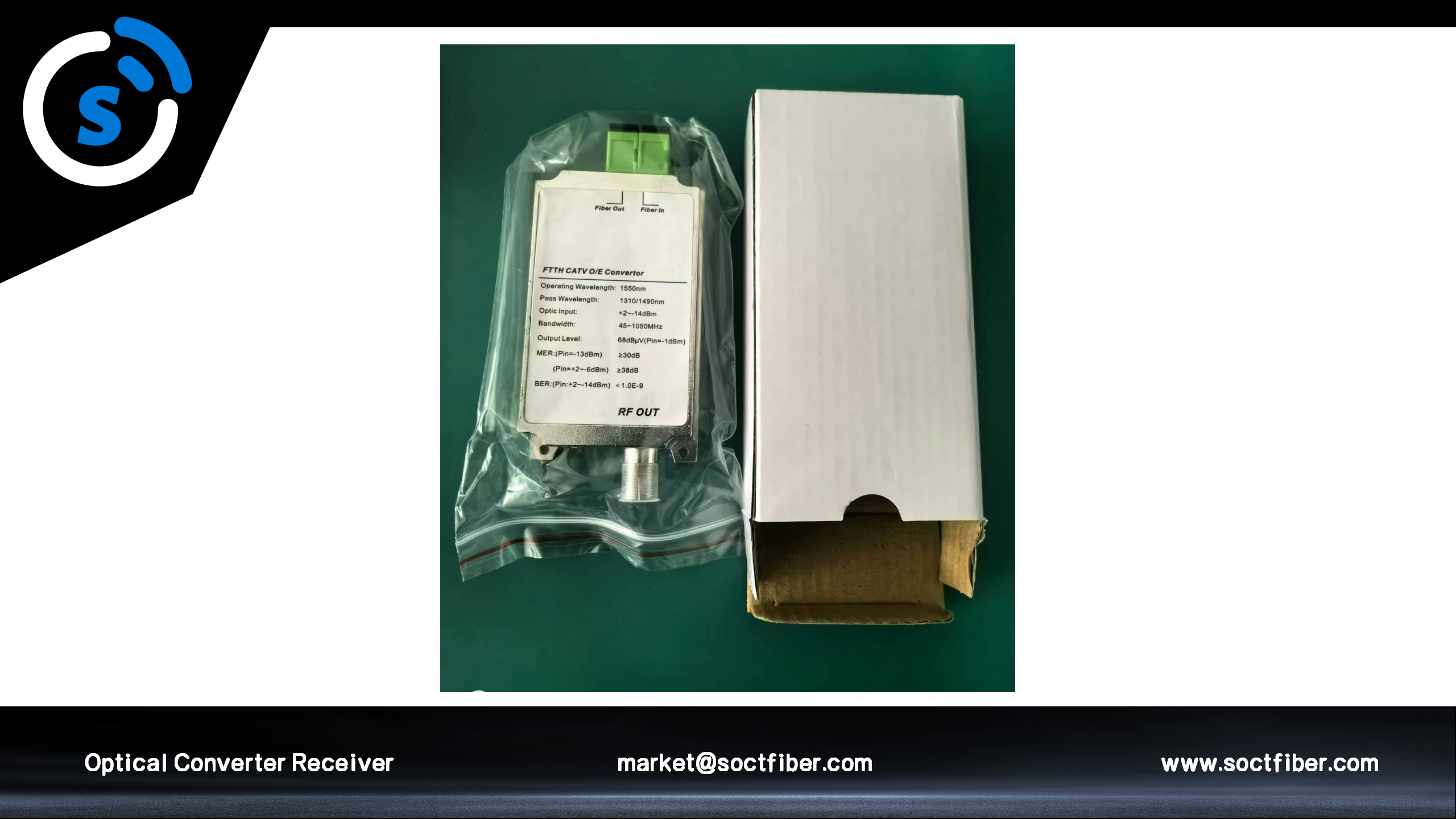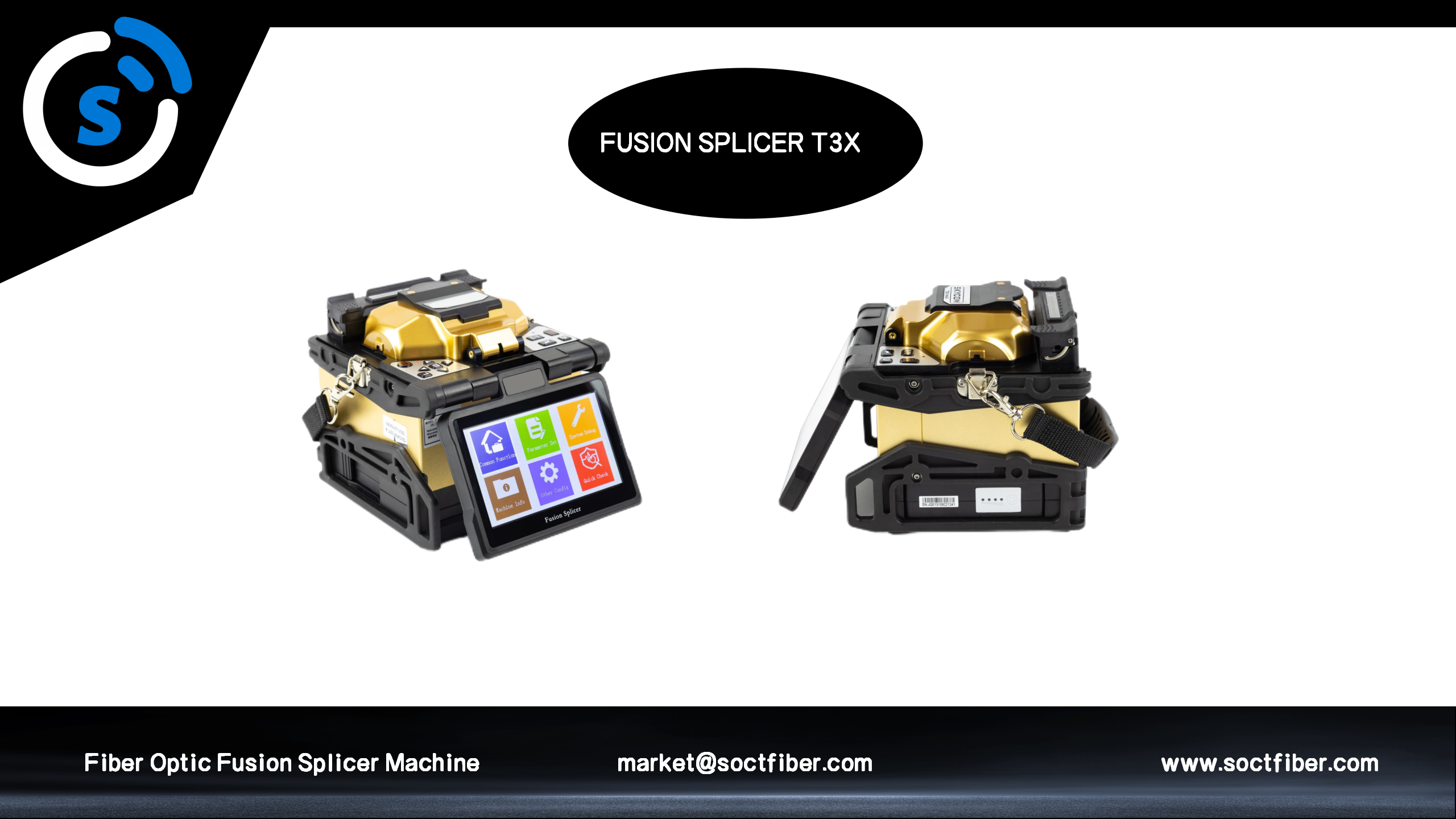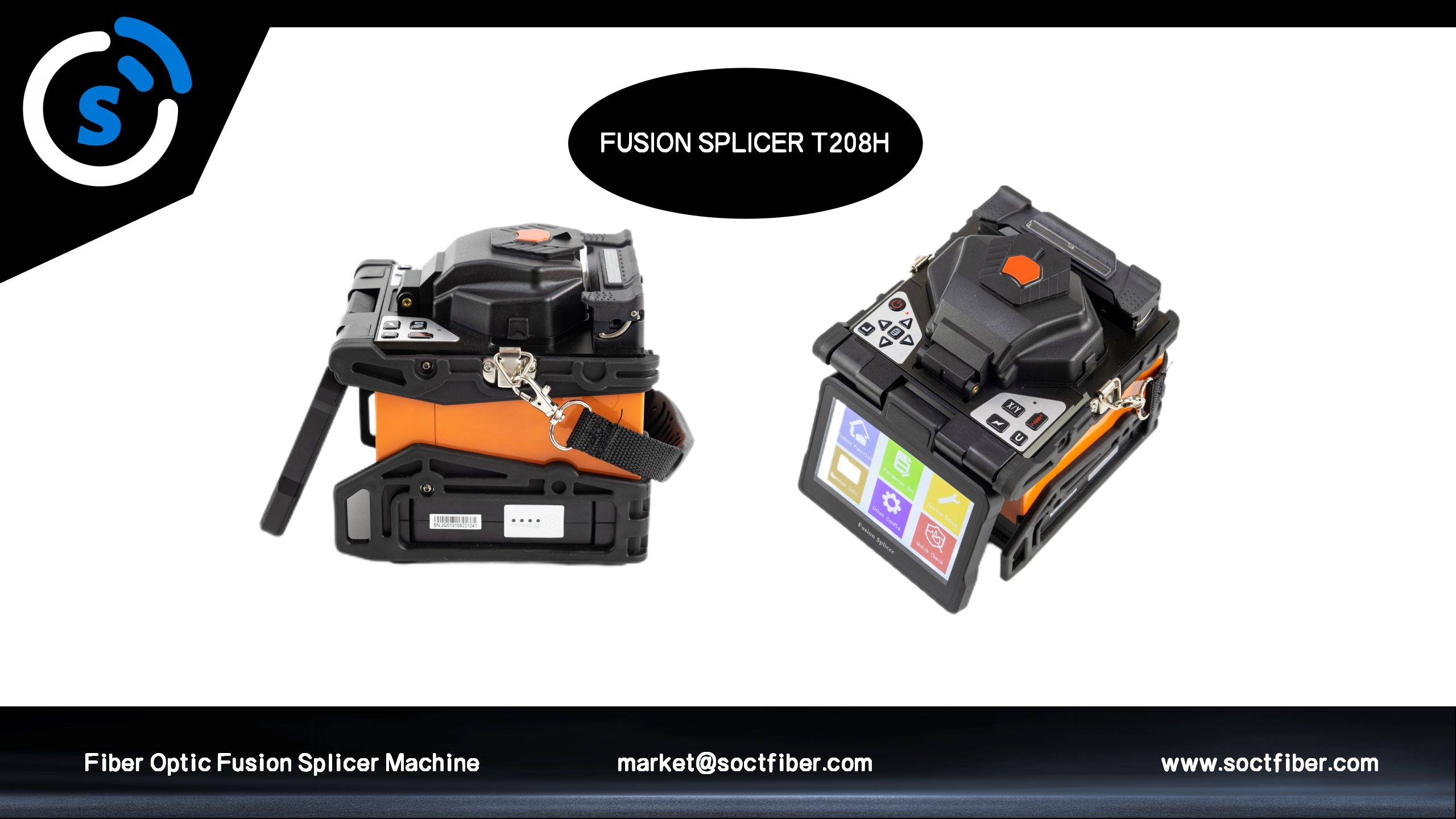fiber optic cable single mode vs multimode
Single mode and multimode optical fiber cable which is better versus each other comes down to speed, distance and price difference. Single mode fiber has a narrow core and serves as the transmitting medium for an array of data through just one single beam. This allows it to transmit data over a great distance without loss in signal strength. It is commonly used in telecommunications and long-haul networks. The multimode fiber satisfies the need of such modern times as to have high frequencies and wide channels but limited time-span for transmission before corruption. Often used for short-distance communication, for example in the connections between computer and data centre network elements. Technically the features include high bandwidth and low attenuation, single mode is often more expensive because its parts must be manufactured to much higher precision. The fibers are indispensable elements in modern communication systems' infrastructure wherever you look at them--from internet connections or cable television to medical diagnostic equipment at hospitals and doctors' surgeries.


